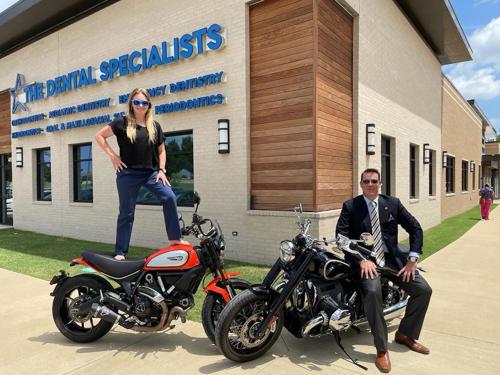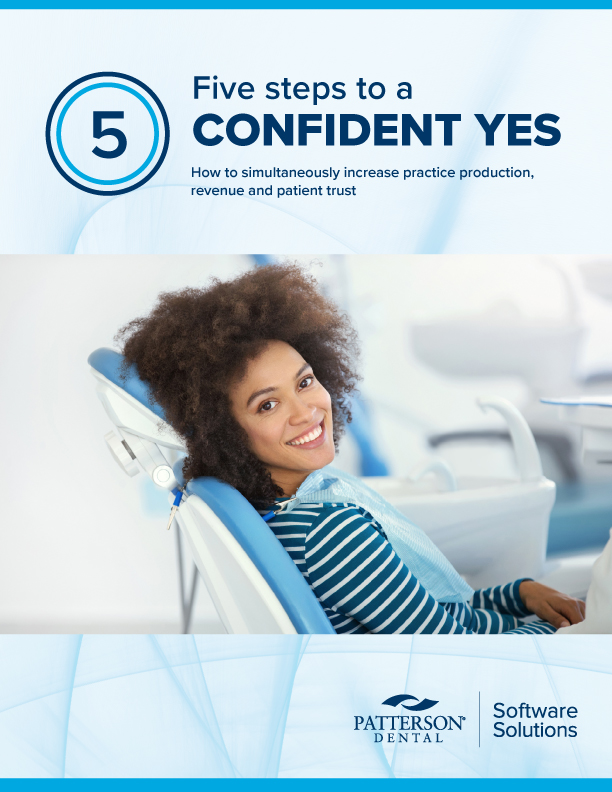The women breaking barriers in dentistry
Female specialists share their journeys to success

As the only woman in her surgical program, Stephanie Ganter, D.D.S., often felt like the odd one out. While she got along well with her male co-residents, Dr. Ganter was left off the group text chain and found herself on the outside looking in.
“It’s easy to get isolated,” she said. “I learned, through failure, the importance of community in success.”
Residency is a stressful and uniquely challenging period of life, Dr. Ganter said, with its ongoing demands causing basic necessities like sleep and quality time with family to fall by the wayside. This makes connecting with your residency program all the more imperative.
Dr. Ganter, who completed her periodontal and implant surgery residency at Texas A&M University School of Dentistry in 2019, is not the only one who felt like something of an outsider during residency.
“I’ve talked to other residents who have felt isolated, especially in surgical specialties like oral surgery and periodontics. Some residents not only go through the flames of residency, they do it alone,” she said. “The experience will shape you. For me, it gave me a sense of fortitude and purpose.”
In Dr. Ganter’s case, that sense of purpose came from going beyond her residency to complete a surgical leadership program at Harvard Medical School. It was there she met more than 100 surgeons, half of whom were women, who shared their stories from residency and practice.
“We created a community based on empowerment thinking,” Dr. Ganter said. “We want to see all surgical specialists work better together. This means creating bridging networks to allow mentorship and change to happen.”
Dr. Ganter’s business partner, Robert G. McNeill, D.D.S., M.D., is an oral and maxillofacial surgeon, and their axiom is working better together.
The percentage of female dental school graduates is increasing, according to the ADA Health Policy Institute, with women comprising 54.5% of graduates in 2023 compared with 47.2% in 2013.
But when it comes to enrollment in advanced programs, the differences vary. Female enrollees in periodontics made up 47% of programs in 2021-22, while female enrollees in oral and maxillofacial surgery made up just 20.3%.

Sapna Lohiya, D.D.S., knows firsthand what it’s like to be just one of a few women in a predominately male space, as well as the obstacles that come with making that choice. Although she knew she wanted to pursue oral and maxillofacial surgery, Dr. Lohiya said she was dissuaded from that career path.
“When I was in dental school, I certainly had colleagues tell me I wouldn’t get into a surgical residency program so not to bother applying. Even post residency I’ve been told that women don’t belong in surgical subspecialties,” she said.
Dr. Lohiya, who completed her residency at the University of Washington in Seattle, said that luckily, her actual cohort was progressive and consisted of many accomplished female attendings she still looks up to.
“While dental school classes were predominantly male, now the ratio of males to females in dental school is starting to even out,” Dr. Lohiya said. “We have not seen that yet with oral surgery, but we are working towards more inclusivity and closing the gender gap.”
There is also a gender gap in the dental workforce. According to HPI, the percentage of female to male dentists in the workforce is not as evenly split as those who recently graduated. In 2023, female dentists made up 37.7% of the dental workforce, an increase from just 24.1% in 2010.

Dr. Ganter said that as a young periodontist in practice, there are times when she feels this gap acutely. She said being the only female provider in a multi-specialty practice can put her at a disadvantage when it comes to connecting. There have also been inherent challenges in building up referrals unique to young female surgeons, she said.
“It’s something that a male provider wouldn’t necessarily have a problem with and then you carry that into networking,” Dr. Ganter said.
Despite the long road ahead, Dr. Lohiya emphasized that change is happening. To encourage more women to consider dental specialties, she suggested offering more specialty mentorship programs and emphasized the importance of seeing female specialists in leadership positions.
“It’s all about exposure. Exposing dental students to see that female specialists are successfully doing it all. We can have rewarding careers while trying to optimize work-life balance,” she said. “We can choose to raise a family if that’s what we want to do and also become a leader in our field and contribute to it in a way that we want to.”



